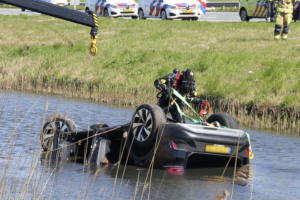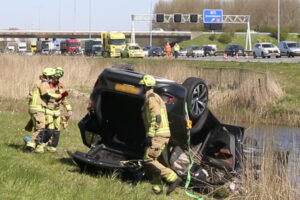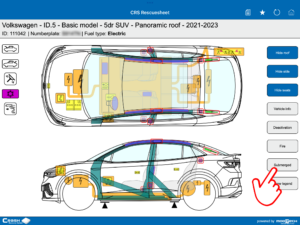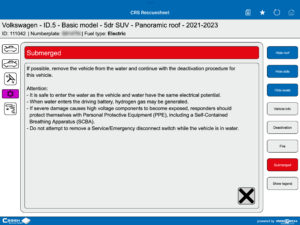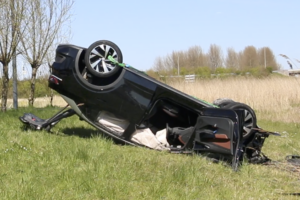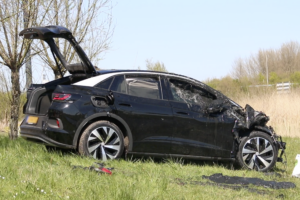- Latest news
- Database Update Crash Recovery System March 2025
- Online CRS Database: No more manual updates!
- Database Update Crash Recovery System February 2025
- Bliksund’s bold expansion
- Database Update Crash Recovery System January 2025
- Update in our Crash Recovery System
- Show or hide CRS buttons and categories
- Database Update Crash Recovery System December 2024
- Database Update Crash Recovery System November 2024
- Handle with Care: Navigating Complex Car Doors with CRS
- Latest news
- Database Update Crash Recovery System March 2025
- Online CRS Database: No more manual updates!
- Database Update Crash Recovery System February 2025
- Bliksund’s bold expansion
- Database Update Crash Recovery System January 2025
- Update in our Crash Recovery System
- Show or hide CRS buttons and categories
- Database Update Crash Recovery System December 2024
- Database Update Crash Recovery System November 2024
- Handle with Care: Navigating Complex Car Doors with CRS
CRS Case study: EV upside down in the water
In the Netherlands, a single-vehicle accident recently occurred where an electric passenger car (Volkswagen ID.5) ended upside down in the water for unknown reasons. One person was freed from the vehicle by bystanders and taken to hospital. Divers from the fire brigade entered the water to rule out the presence of any other victims. When this was not the case, the EV was taken out of the water by a crane.
Is launching divers or rescuers into the water with an electric vehicle in the water safe? Research shows there is no electrocution risk if an electric vehicle is fully or partially submerged in water because the vehicle switches off the power supply itself. This also happened in the case of the ID.5 because the curtain and driver airbags deployed due to the rolling movement.
When water enters the battery of an EV, there is a chance that Hydrogen gas and Hydrogen Sulfide (H2S) will be generated by electrolysis. If this gas accumulates in the interior, it could ignite, resulting in an explosion/fire. Therefore, ensure there is ventilation by breaking the windows or opening a door before removing the vehicle from the water. This is also one of the reasons why alternatively powered vehicles must be parked outside after a recovery operation.
The ‘In water’ button in CRS
During an accident with an electric vehicle in water, it is always advisable to query the relevant vehicle in the Crash Recovery System. The Rescue Sheet of the vehicle includes the In Water button, which opens an information screen with specific information relevant during accidents involving alternatively powered vehicles in a submerged situation.
Moditech Crash Recovery System: Know what’s Inside. Act with Confidence!
